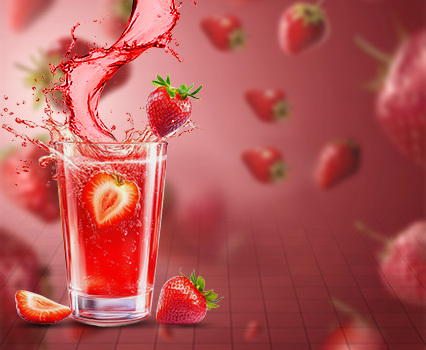The Non-Alcoholic Beverage Industry: Growth, Consumer Demographics, and Profitability

The non-alcoholic beverage industry has seen significant growth in recent years. This growth is driven by changing consumer preferences, a trend towards healthier options, and innovative new products. This blog will explore the factors contributing to the increasing popularity of non-alcoholic beverages, the changing demographics of consumers, the profitability of non-alcoholic brands, and why companies should focus on this growing market.
Key Factors behind the Adoption Rate
The adoption of non-alcoholic beverages has increased due to several important factors, including health consciousness, social acceptance, and product innovation. Consumers are increasingly prioritizing their well-being, leading to a preference for beverages that offer hydration, nutrition, and functional benefits without the negative effects associated with alcohol. Additionally, the social acceptance of non-alcoholic options has grown, driven by the availability of sophisticated and flavorful alternatives that cater to those who choose to abstain from alcohol.
Below figure depicts the adoption rate of Non-Alcoholic Beverages (2019-2023)
Analysis:
- Adoption Rate: The steady increase in adoption rates reflects growing consumer interest in non-alcoholic beverages, driven by health awareness and lifestyle changes.
- Average Price: The gradual rise in average prices is indicative of the premiumization of non-alcoholic beverages. As companies innovate and introduce more sophisticated flavors and functional ingredients, consumers are willing to pay more for these enhanced options.
Consumer Demographics Shift
The non-alcoholic beverage market is experiencing a demographic shift, with younger consumers, especially Millennial and Generation Z, taking the lead in adoption. This group prioritizes health, sustainability, and social experiences, motivating them to choose non-alcoholic options that match their lifestyles. Additionally, the growing popularity of alcohol-free social events has played a role in the wider acceptance of these beverages.
The data shows that while Millennial and Gen Z are the primary adopters, other demographics are also showing increasing interest due to health-related concerns and lifestyle changes.
Profitability in Non-Alcoholic Brands
Profitability in the non-alcoholic beverage market is becoming more appealing for companies. Non-alcoholic beverages typically have lower production costs compared to alcoholic beverages, mainly because they are not subject to alcohol taxes and regulations. Furthermore, these products can be sold at higher prices, especially when marketed as health-conscious or functional drinks, resulting in increased profit margins.
Table 3: Profitability Comparison - Alcohol vs. Non-Alcoholic Beverages
|
Cost Breakdown |
Alcoholic Beverages |
Non-Alcoholic Beverages |
|
Production Cost (%) |
40% |
30% |
|
Packaging Cost (%) |
20% |
20% |
|
Distribution Cost (%) |
15% |
15% |
|
Marketing Cost (%) |
10% |
12% |
|
Gross Margin (%) |
15% |
23% |
|
Profit Margin (%) |
8% |
15% |
The comparison reveals that non-alcoholic beverages typically offer higher gross and profit margins. This is partly due to the lower regulatory costs and the ability to cater to a premium market that values health and wellness.
Conclusion
The non-alcoholic beverage industry is expected to keep growing as it meets changing consumer preferences and societal trends. The rising interest, fueled by health-conscious consumers and favorable market conditions, highlights the significance of this sector. Younger age groups, particularly Millennials and Gen Z, are leading this change, attracted by the innovative flavors, health benefits, and social acceptance of non-alcoholic drinks.
For businesses, the profitability of non-alcoholic brands presents a strong argument for diversification. With lower production costs, higher margins, and a growing consumer base, investing in non-alcoholic beverages provides a strategic opportunity. Companies that embrace this trend are likely to see continued growth and expanded market share as the industry develops.
In summary, the non-alcoholic beverage market represents a dynamic and profitable segment that resonates with modern consumer values. Companies that acknowledge and adapt to these trends are poised to reap significant benefits in terms of both profitability and brand loyalty. As consumer preferences continue to evolve, the non-alcoholic beverage industry is expected to play a pivotal role in shaping the future of the global beverage market.